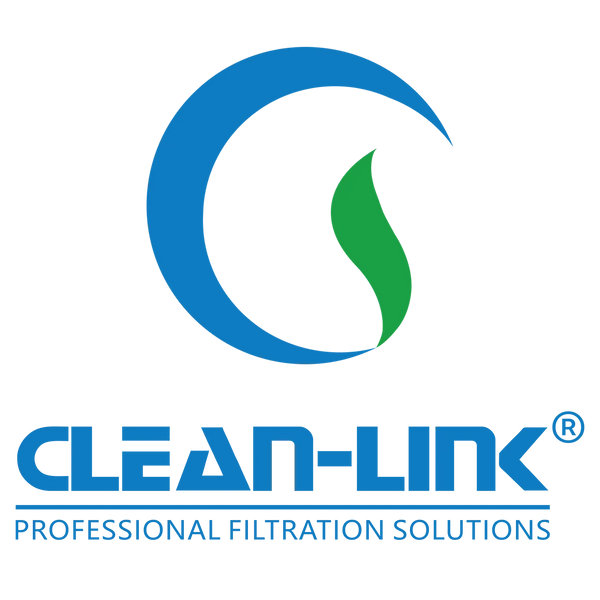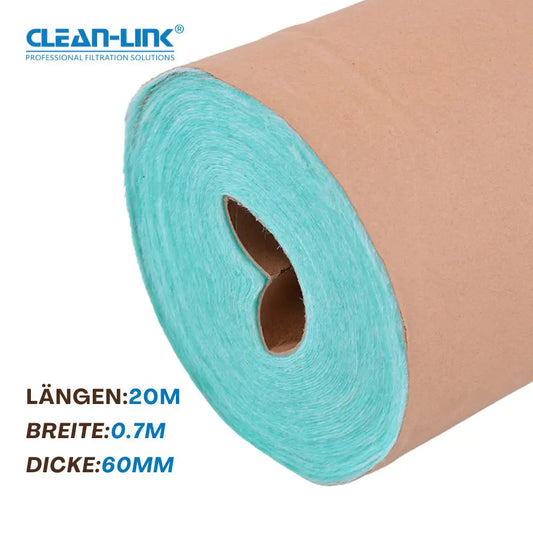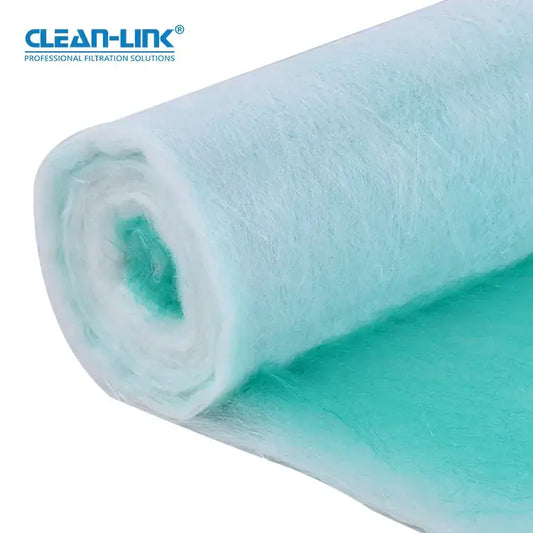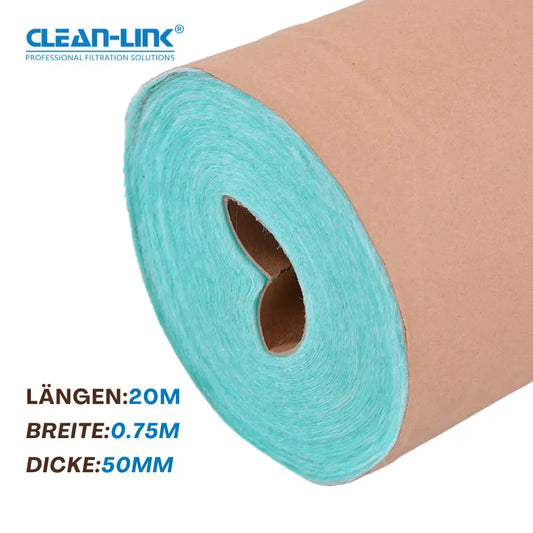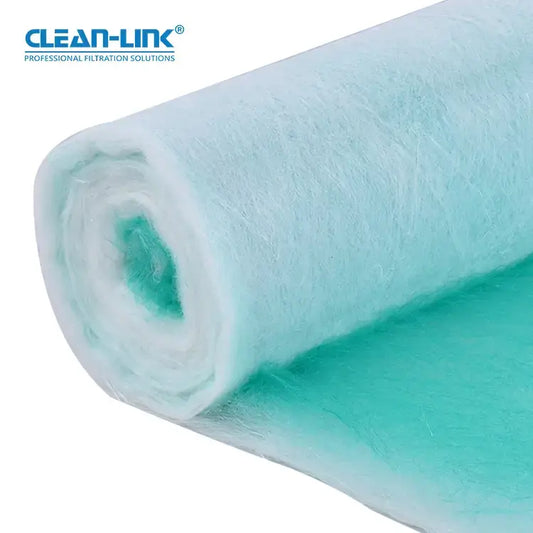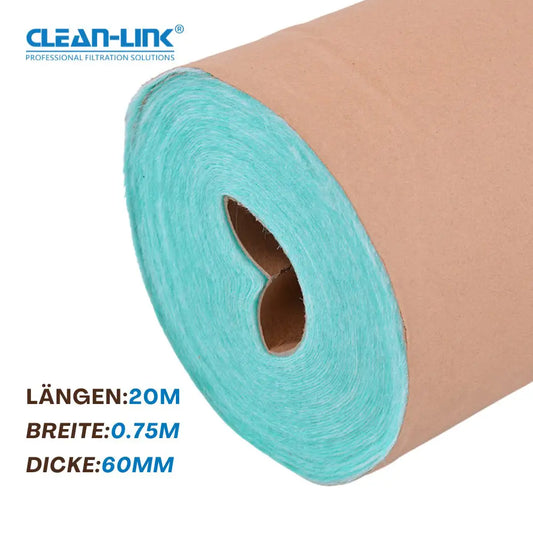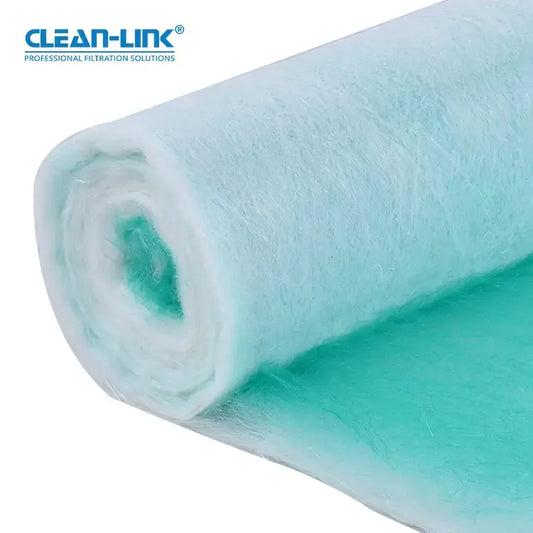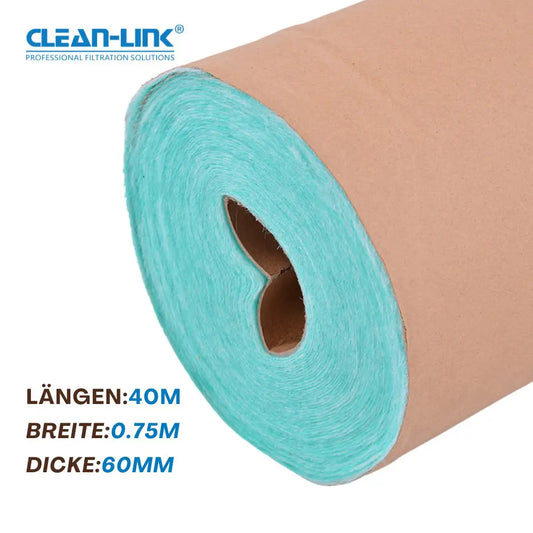The Hidden Airborne Threats in Swine Farms
Airborne transmission is a significant route for pathogen spread on swine farms. Viruses, carried by dust particles or biological aerosols, can journey from one farm to another, maintaining their virulence. Research confirms that viruses causing diseases like PRRS (Porcine Reproductive and Respiratory Syndrome), swine fever, pseudorabies, foot-and-mouth disease, and enzootic pneumonia can spread through the air over long distances.
The Devastating Impact of Viruses on Swine Production
For instance, despite widespread vaccination, the swine industry still faces losses due to PRRS, amounting to hundreds of millions of dollars annually. Infection rates impact key performance indicators such as PSY (pigs weaned per sow per year) and feed conversion ratios, severely affecting the bottom line of swine operations.
Limitations of Vaccines and Antibiotics
While vaccines and antibiotics are essential in controlling diseases, they cannot entirely prevent the spread of infections on farms. Vaccines, particularly for PRRS, have limitations, including the poor immunogenicity of inactivated vaccines and the risk of live vaccine strains shedding.
The Role of Air Filtration Systems in Controlling Disease Spread
In the 1990s, some Europeans and Americans began incorporating air filtration systems into swine farms' biosecurity measures to prevent airborne transmission of viruses, notably PRRS. Field studies and applications in these countries have proven the effectiveness of air filtration systems in significantly reducing the transmission of viruses between farms. For example, a four-year study by the University of Minnesota demonstrated that air filtration systems could maintain a negative status for PRRS and Mycoplasma hyopneumoniae.
Air filtration systems, combining various filters, can remove over 95% of particles sized 0.3 microns and above, effectively preventing viruses from entering pig houses through the air.
Common Air Filters in Swine Farms
Classification of Air Filters
In China, ventilation filters are categorized into primary, medium, sub-high, and high efficiency levels, similar to the European "G-M-F-E-H" grading standard.
| Chinese classification | Common Filter | Criteria | function |
| Coarse | G1~G4 | Remove dust particles ≥ 5 microns, initial resistance ≤ 50 Pascal | Acts as a pre-filter in air purification systems and protects Medium and HEPA filters and other accessories to extend their service life. |
| Medium | F5~F8 | Remove dust particles ≥ 1.0 micron, initial resistance ≤ 80 Pascal | As an intermediate filter in air purification systems, it reduces the load on the HEPA filter and prolongs the service life of the HEPA and other accessories. |
| Sub-HEPA | F9~H11 | Remove dust particles ≥ 0.5 micron, initial resistance ≤ 120 Pascal | Used as an intermediate filter in high-end purification systems and as a terminal filter in mid-range air purification systems. |
| HEPA | H12~H17 | Removal of 0.3 micron dust particles, initial resistance ≤ 220 Pascal | Used as end filters in high-end air purification systems |
Frequently Used Filters in Swine Farms
1.Primary Plate Filters
- Suitable for filtering particles over 5 microns and used for coarse pre-filtration in air filtration systems.
- Commonly used in ventilation systems, bag filters are suitable for medium-efficiency filtration.
- Designed to filter particles sized 0.3 to 1 micron, it is ideal for final stage filtration in breeding sows and boar houses.
On-Site Testing of Air Filtration Systems
The effectiveness of air filtration systems in swine farms is typically measured using handheld laser particle counters, assessing cleanliness at different points within the barn.
Selecting the Right Filter for Swine Farms
1.Choose filters with a large filter area.
- Larger filtration areas capture more dust and extend the filter's life span while reducing resistance.
- The required cleanliness level of the pig house dictates the particle size and efficiency requirements for the high-efficiency filters.
- The rated air volume of a filter should typically be selected at 80% of its capacity to reduce resistance.
By selecting Clean-Link’s advanced air filtration technology, swine farms can not only protect their livestock from airborne pathogens but also significantly improve their overall biosecurity measures. Visit Clean-Link’s website to explore our range of products tailored for the unique demands of swine farming and take the first step towards a safer, more productive agricultural environment.
